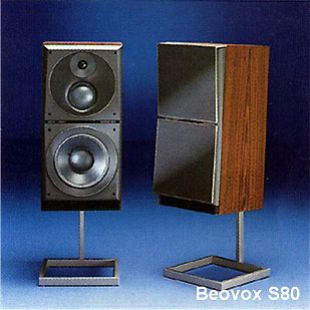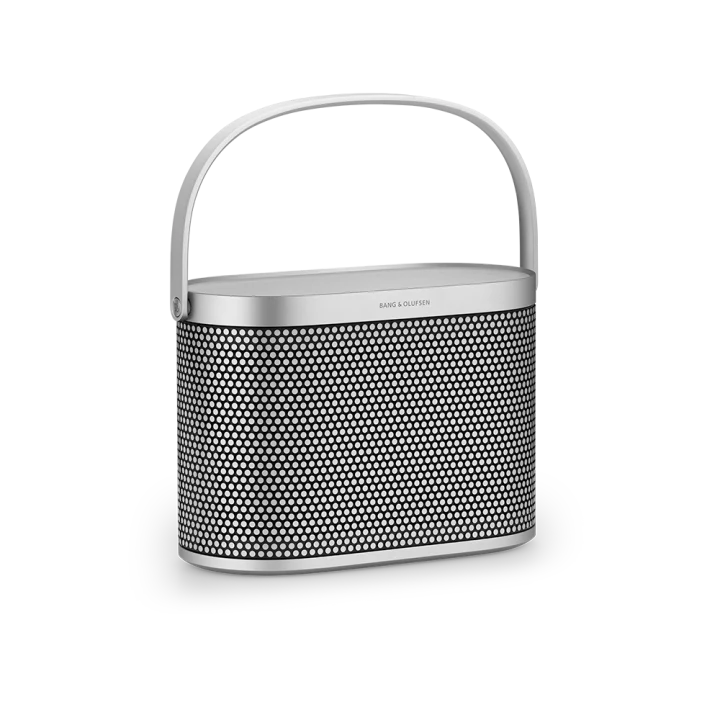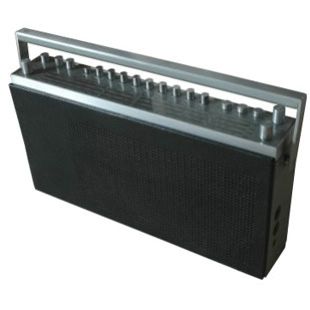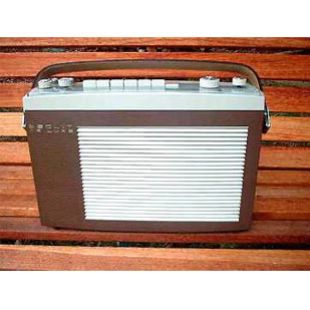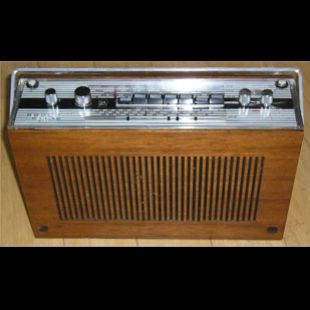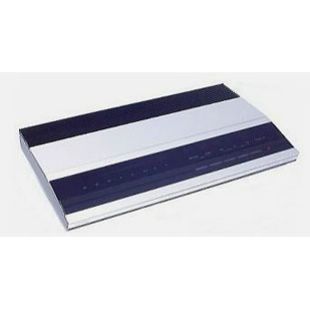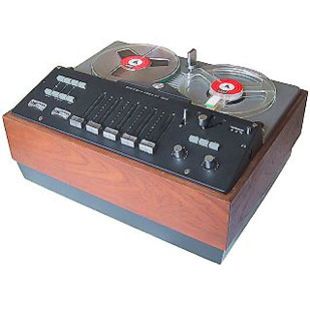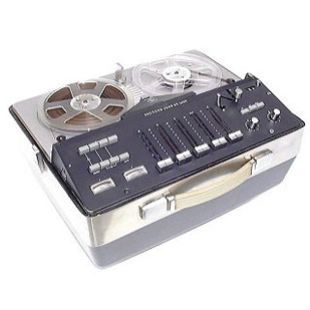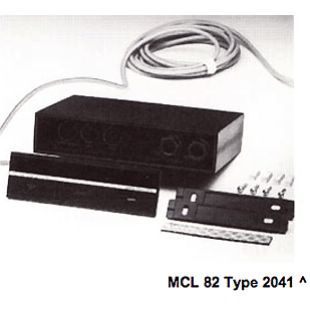Recording and playback amplifiers were completely separate, as were the heads, expanding the possibilities even further, to include off-tape monitoring, track to track copying and echo functions. A built in power amplifier, similar to that fitted to Beogram 1500, made the Beocord 2000 Deluxe a complete stand alone unit, even a pair of quality loudspeakers, which doubled as a hard protective lid, were included.
Internally, the electronics were built on 8 plug in cards, the radio and phono amplifier ones having switches to alter the input level that they could use. A single large synchronous motor, supplied by Papst of Germany, drove the mechanism via a series of rubber wheels. The motor pulley had a number of different radiused sections, including three precision machined surfaces for speed selection. These were selected with a stepped cam, lifting an idler wheel into the correct position to drive the large cast flywheel at the desired speed. Included on the same shaft as the cam were switches to automatically correct the equalisation settings of the recording and playback amplifiers for the speed being used.
Beneath the die-cast head cover, one could see the four head stacks, they were, from left to right, a stereo erase head, a stereo playback head set for replay of half tape stereo or four track recordings, a full width stereo record head and a full width stereo playback head. Also visible were sensing posts for both mechanical and electrical automatic stop, a brake pad linked to the pause control, a large rubber pressure roller and a thick, heavily chromed capstan spindle.
The control panel contained two simple levers to operate the tape transport, but was dominated by a stereo mixing section with 4 channels. The versatile switching functions, controlled by eight small grey buttons on the left of the panel, allowed the user to record either on the full width in stereo (so only allowing one “side” of the tape to be used), or two independent parallel tracks in mono, making two passes of the same side of the tape, or two tracks in mono, running to the end of the tape for the first one, them turning the tape over to record the second.
This, coupled with a choice of three speeds and a deck large enough to take spools up to 18cm in diameter, gave the user the chance to, at one end of the scale, record 45 minutes of music in stereo at as good as studio quality, or at the other extreme, store over 8 hours of speech quality material on a single spool of tape. Recordings from four-track recorders could be played, be they two tracks of stereo or four tracks of mono, though it was not possible to record in the four track format.
A well specified microphone amplifier made this machine ideal for live recordings, and there was space in the cover to store the microphones, such as a pair of Beomic 2000s, while not in use. B&O also made an excellent range of ribbon microphones which could be used with the Beocord 2000 Deluxe.
